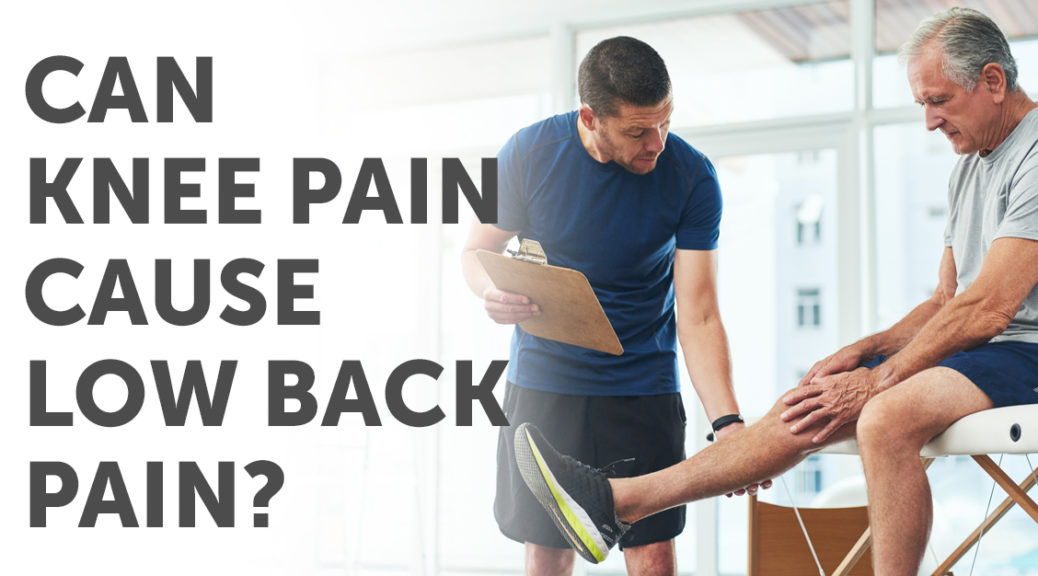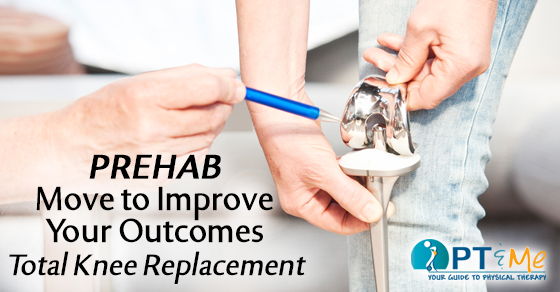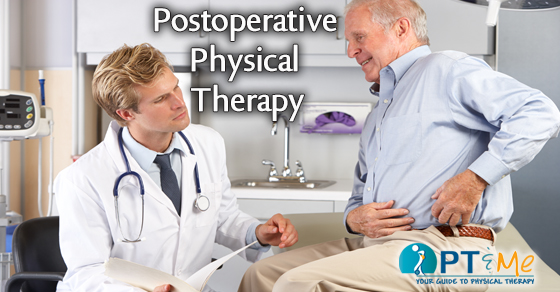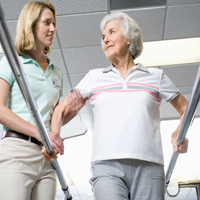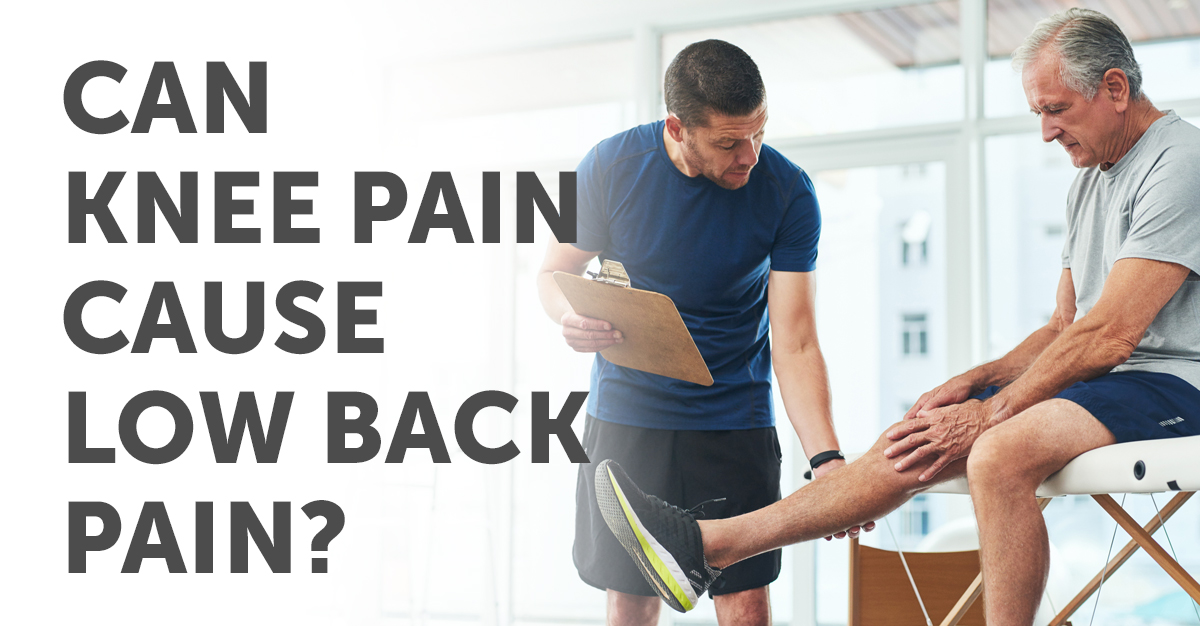
Knee osteoarthritis remains a significant problem among US adults 60 years and older. A recent study suggests knee arthritis rates are as high as 37 % with women showing higher rates vs men (42% vs 31%) and higher rates among those with significant weight problems.
As a result, many of these patients opt for a total knee replacement. However, patients often suffer from pain and have difficulty walking for many years before deciding to proceed with such surgery. Living with pain for an extended period typically causes changes in how a patient walks in an attempt to relieve the pain associated with knee arthritis. Sometimes this is even done subconsciously, but it can lead to additional problems, such as low back pain (LBP). An example of how knee pain can cause low back pain would be a knee flexed position that leads to a patient leaning forward when walking. This changes at the pelvis and contributes to low back pain.
Physical Therapy Can Help Your Low Back and Knee Pain
When a patient seeks help from a physician complaining of low back pain, they are commonly referred to a physical therapist for treatment. In treating these patients, physical therapists will provide a complete and individualized assessment of the causes of low back pain, which may include a thorough biomechanical evaluation and gait assessment. Patients that go to physical therapy with knee arthritis/osteoarthritis have likely developed a permanent knee bent posture (osteoarthritis patients almost always keep their knee bent at 10 degrees or more to relieve pressure or to prevent the sheering force on the knee).
Even though back pain and knee arthritis are significant problems there is a solution. Through aggressive physical therapy that is aimed at restoring normal gait patterns, spinal mobility, and conditioning, patients have had significant relief of back pain and are prepared for successful rehabilitation following a total knee replacement. By eliminating the knee bent position before surgery and normalizing gait patterns patients can exercise more effectively, improve cardiovascular conditioning and reduce the energy cost associated with changes in how they walk all while reducing back pain.
If you believe your knee pain is causing your back pain, you may benefit from physical therapy. Through years of experience, we have seen that comprehensive manual therapy, aimed at restoring normal walking patterns in low back pain patients considering a total knee replacement, can result in a significantly easier recovery of normal function during post-operative rehab.
Provided by the therapists at Life Fitness Physical Therapy – MD
www.lifefitnesspt.com

